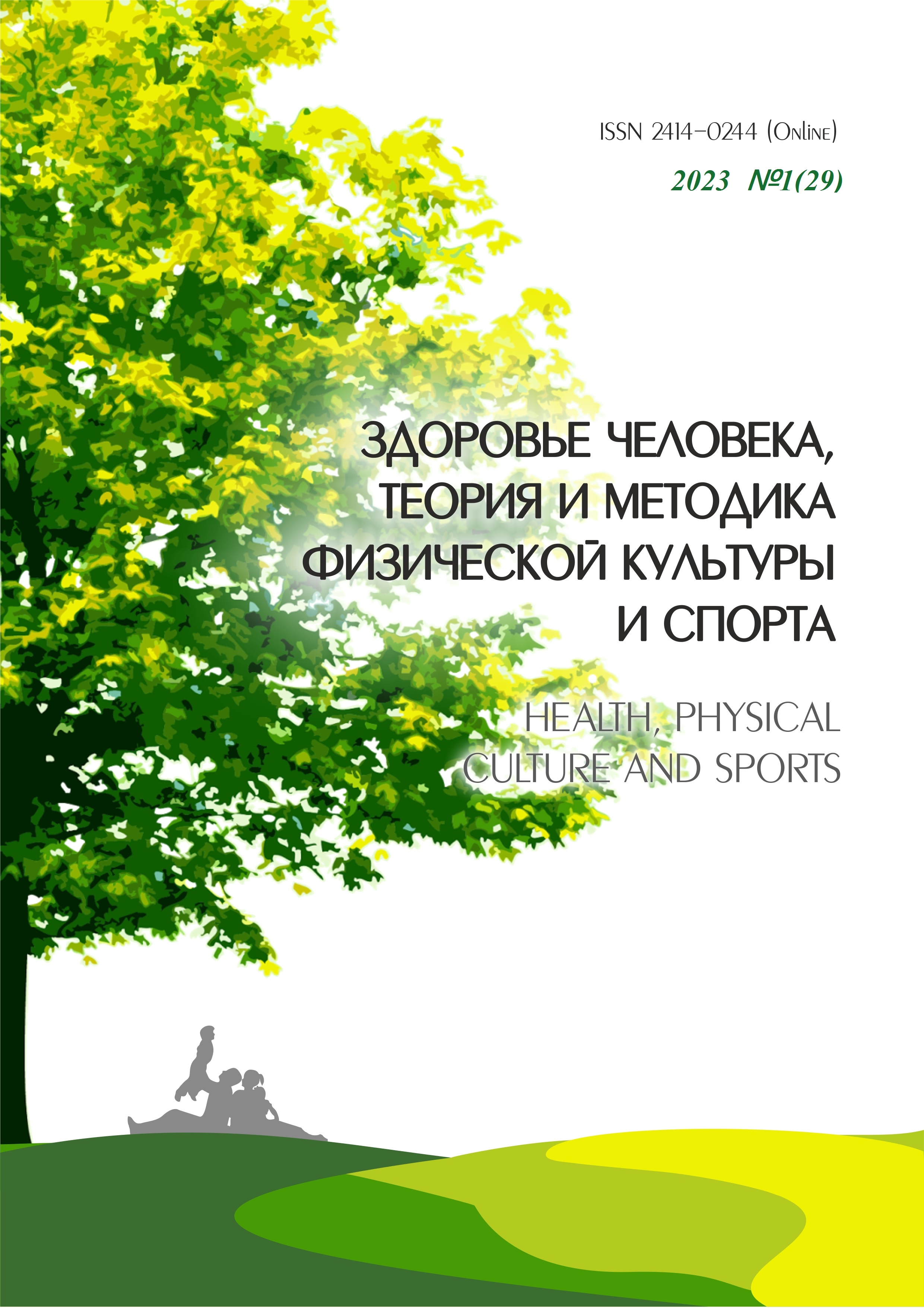THE RESULTS OF THE STUDY OF THE ECOLOGICAL STATE OF THE VYATKA RIVER AND ITS TRIBUTARIES DURING A KAYAKING EXPEDITION ALONG THE VYATKA RIVER FROM THE CITY OF ORLOV TO THE VILLAGE OF SORVIZHI, KIROV REGION IN 2022
Abstract
Water kayaking tourism for extracurricular work with schoolchildren is very valuable: along with the acquired skills of driving kayaks and organizing a bivouac, environmental studies are conducted, children get acquainted with the monuments of nature and architecture of their small homeland: the Kirov region.The following settlements were located along the route of the expedition: the city of Orlov, the village of Leninskaya Iskra, the village of Istobensk, the city of Kotelnich, the village of Suvodi, the village of Vishkil, the village of Sorvizhi, the village of Gorbunovshchina. Chemical analysis of water samples taken during the expedition showed that all water samples did not meet the requirements of the SanPiN for natural water in terms of the content of carbonates and organic pollutants. The most polluted water in the Vyatka River is near the city of Orlov. The water near the village of Sorvizhi and at the mouth of the Moloma River is phytotoxic, the rest of the water samples are not phytotoxic. The highest microbiological activity (IBA) in the Vyatka River is in the city of Orlov and the village of Sorvizhi; in other water samples, the IBA is medium or low. The highest antioxidant activity (AOA) is in the Moloma River; the remaining water samples have an average AOA. It was revealed that the highest mold content is in the village of Sorvizhi, a small one is in the cities of Orlov, Istobensk and in the Murdyuk River. A comprehensive assessment of water samples from the Vyatka River and its tributaries showed that the worst water quality is in the village of Sorvizhi, the cleanest is in the Murdyuk River. A comparison of the data of seven kayaking expeditions were built from water samples in 2003, 2005, 2013–2015, 2018 and 2022 showed that the water quality in the Vyatka River deteriorated in the tributaries of the Vyatka River: the Moloma and Murdyuk rivers; the water quality in the Vyatka River has hardly changed since 2003.
Downloads
References
Биологический мониторинг природно-техногенных систем территорий / Под ред. Т. Я. Ашихминой, Н. М. Алалыкиной. Сыктывкар : Коми научный центр УрО РАН, 2011. 388 с.
Журавский А. Ю. Отбор в гребле на байдарках и каноэ. Чебоксары : ИД «Среда», 2018. 216 с.
Колупаев Ю. Е., Ястреб Т. О. Физиологические функции неэнзиматических антиоксидантов растений // Вестник Харьковского национального аграрного университета. Серия биология. 2015. Т. 2 (35). С. 6–25.
Макаренко З. П. Применение проектных технологий в исследовательской деятельности лицея // Экология родного края: проблемы и пути их решения : Материалы XIV Всероссийской научно-практической конференции с международным участием. Киров : ВятГУ, 2019. С. 137–141.
Особенности урбоэкосистем подзоны южной тайги Европейского севера / под ред. Т. Я. Ашихминой, Л. И. Домрачевой. Киров : Изд-во ВятГГУ, 2012. 282 с.
О состоянии окружающей природной среды Кировской области в 2021 году: Региональный доклад / под общей редакцией А. В. Албеговой. Киров : Триада плюс, 2022. 205 с.
Рекомендации по разработке экологического паспорта населенного пункта : учебно-методическое пособие. Mauntius. LAP LAMBERT Akademik Publishing, 2019. 181 с.
Савиных Н. П., Пересторонина О. Н., Киселёва Т. М., Шабалкина С. В. Особо охраняемые природные территории Кировской области: современное состояние и перспективы развития // Научные ведомости. Сер. Естественные науки. 2011. № 9 (104). Вып. 15/1. С. 10–15.
Sergeeva I. V., Andriianova Iu. M., Mokhonko Iu. M., Gusakova N. N. Assessment of environmental value of specially protected natural territories of Saratov region // ESCHIP 2020 IOP Conf. Series: Earth and Environmental Science. 2020. Vol. 579. 012057. doi: 10.1088/1755–1315/579/1/012057
Copyright (c) 2023 Health, physical culture and sports

This work is licensed under a Creative Commons Attribution-NonCommercial 4.0 International License.
An author should not normally publish manuscripts describing essentially the same research in multiple journals or publication venues. Such redundant publication is generally considered to constitute unethical publishing behavior, and if discovered may result in a manuscript under consideration being rejected, or a published article being retracted.
Authors of manuscripts reporting on original research should present an accurate account of the work performed, accompanied by an objective discussion of its significance. Underlying data should be represented accurately in the manuscript. The manuscript should contain sufficient detail and references to permit others to replicate the work. The fabrication of results and the making of fraudulent or knowingly inaccurate statements constitute unethical behavior and may be cause for rejection or retraction of a manuscript or published article.





